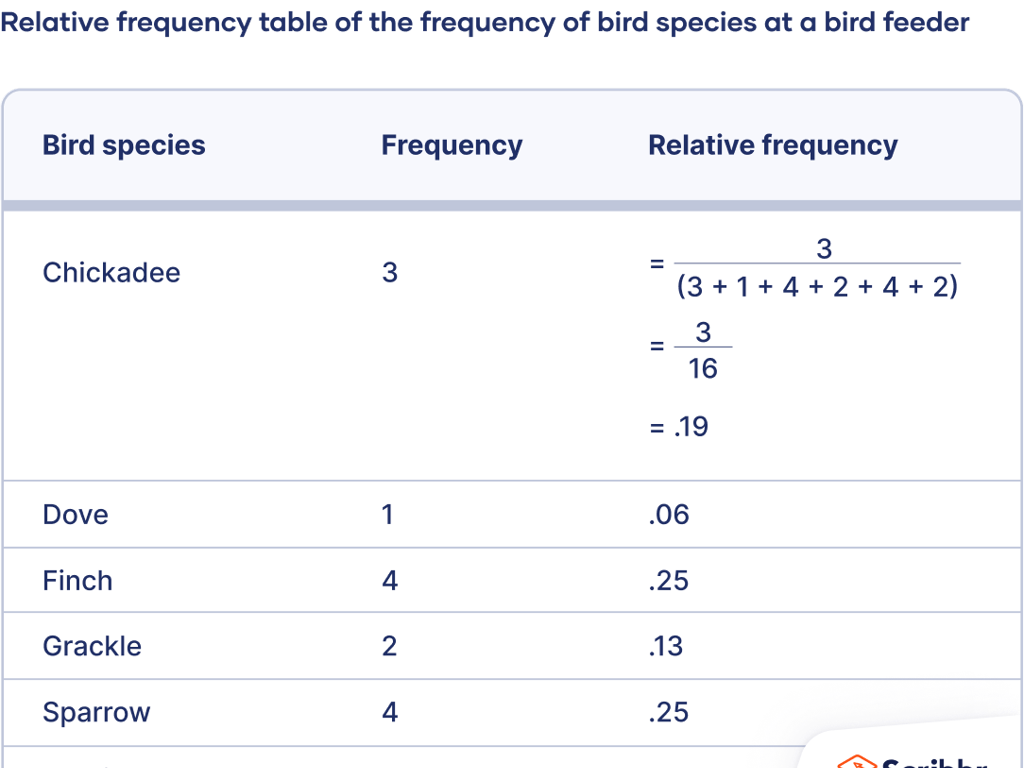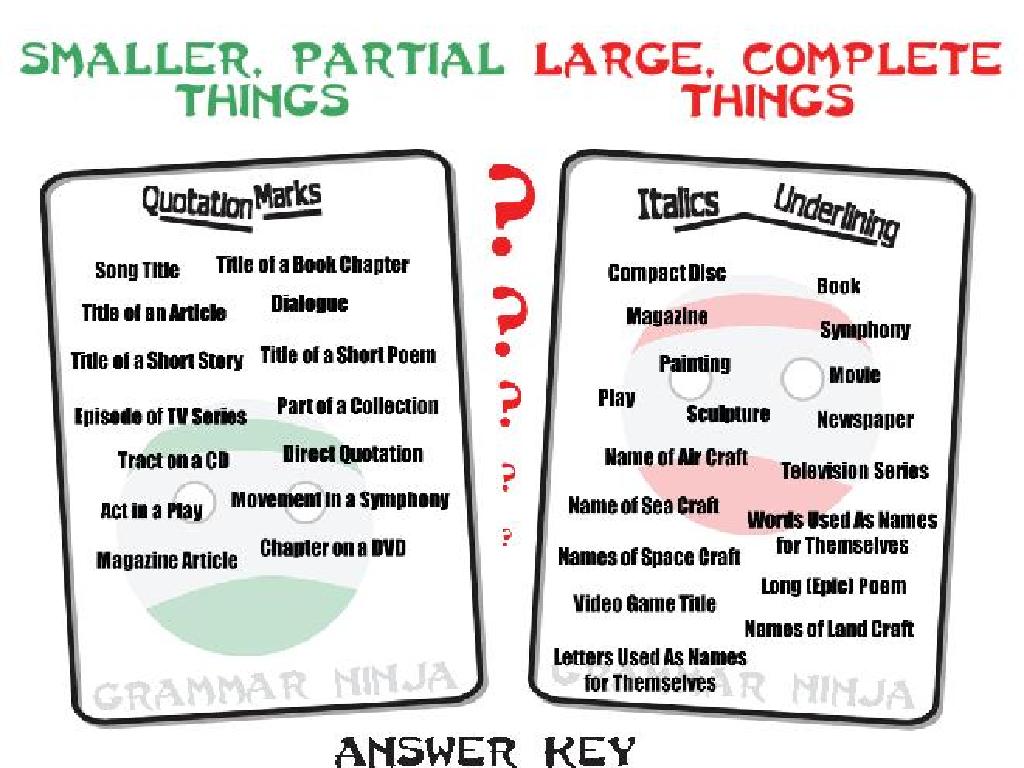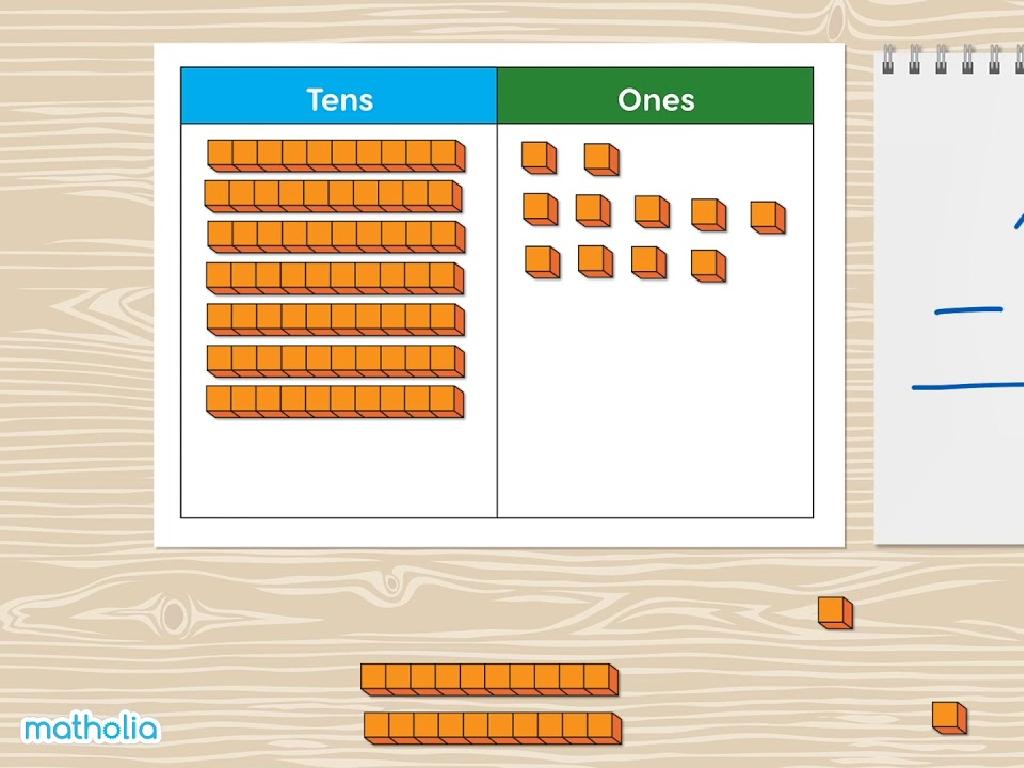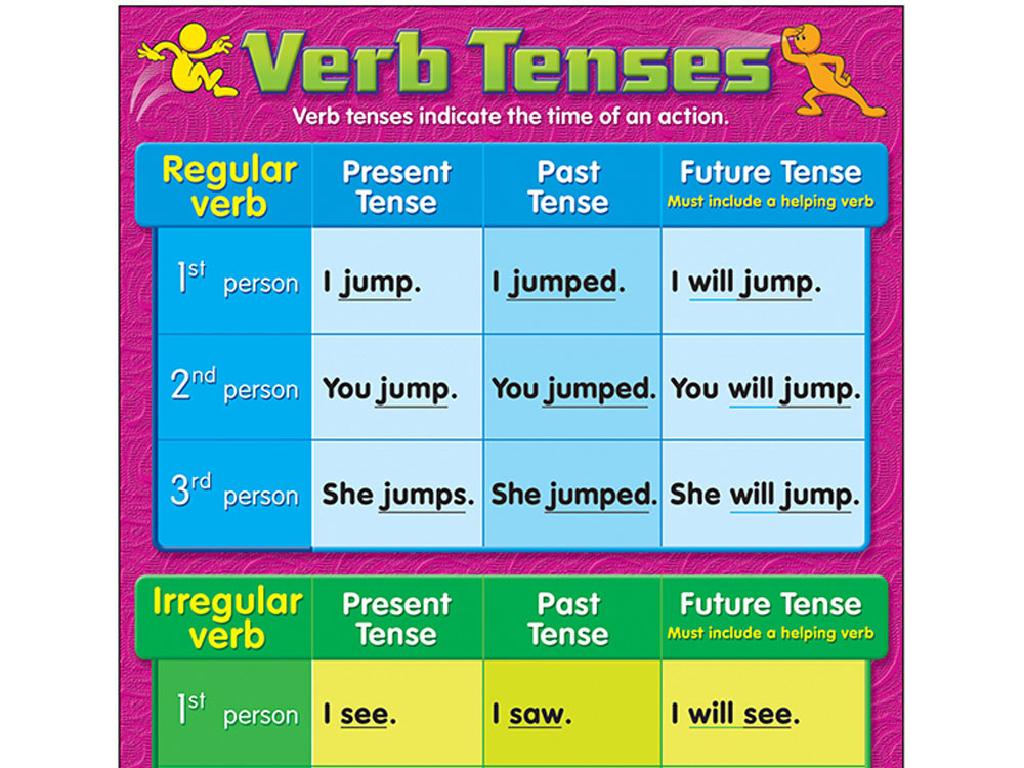Count Coins And Bills - Up To $20 Bill
Subject: Math
Grade: Fourth grade
Topic: Money
Please LOG IN to download the presentation. Access is available to registered users only.
View More Content
Introduction to Money: Counting Coins and Bills
– Learn about coins and bills
– Pennies, nickels, dimes, quarters, and bills
– Discover why money matters
– Used to buy things and save for goals
– Counting money up to $20
– Add different coins and bills to reach sums up to $20
– Practice makes perfect
|
Begin the lesson by introducing the various types of U.S. currency, including coins (pennies, nickels, dimes, quarters) and bills. Explain the value of each and how they can be used in combination to make different amounts of money. Discuss the importance of money in everyday life, such as buying goods and services, and saving for future needs. Preview the day’s lesson by explaining that students will learn to count various combinations of coins and bills up to a $20 bill. Emphasize the importance of practice in becoming proficient at counting money, and encourage students to be attentive as this skill is vital for their independence and financial literacy.
Identifying Coins and Their Values
– Learn names and values of coins
– Penny equals 1 cent
– A penny is copper-colored and worth 1 cent.
– Nickel equals 5 cents
– Nickels are larger than pennies and worth 5 cents.
– Dime equals 10 cents
– Dimes are small and thin, worth 10 cents.
– Quarter equals 25 cents
– Quarters are larger than nickels and dimes, worth 25 cents.
|
This slide is aimed at helping students identify and memorize the names and values of different coins, which is essential for understanding money. Emphasize the physical characteristics of each coin, such as color and size, to help students distinguish them. A penny is copper and the smallest in value, a nickel is larger and silver, a dime is the smallest in size but worth more than a penny and a nickel, and a quarter is the largest of the coins mentioned. Encourage students to handle actual coins to become familiar with their features. You can also introduce simple exercises where students match coins to their values or sort a pile of mixed coins.
Identifying Bills and Their Values
– Learn names and values of bills
– $1, $5, $10, and $20 bills, each with a unique value
– Recognize bills by color and size
– Notice different colors and sizes for quick identification
– Understand portraits on bills
– Portraits like Washington on $1, Lincoln on $5 help recognition
– Grasp symbols on each bill
– Symbols like the eagle and pyramid represent U.S. history and culture
|
This slide aims to help students become familiar with U.S. currency, specifically bills up to $20. Start by showing real bills or images and pointing out the names and values of each. Explain how the color and size of bills can help in quick identification, with emphasis on the unique features of each bill. Discuss the importance of the portraits, such as George Washington on the $1 bill and Abraham Lincoln on the $5 bill, and how they can be used to recognize the bill’s value. Lastly, touch on the symbols found on the back of the bills, explaining their historical and cultural significance. Encourage students to handle play money or real bills to get a tactile sense of the differences between them.
Counting Coins Efficiently
– Group coins before counting
– Sort coins into piles by type
– Start with the highest value
– Begin with quarters, then dimes, nickels, and pennies
– Count up using coin values
– Add the value of each coin to the total as you count
– Practice with mixed coins
– Example: 3 quarters (75¢), 2 dimes (20¢), 1 nickel (5¢), 4 pennies (4¢) equals $1.04
|
This slide aims to teach students the most efficient method for counting a mixture of coins. Emphasize the importance of organizing coins into groups by value before counting. Starting with the highest value coin, such as quarters, allows for a quicker and more accurate count. Demonstrate how to count up from the largest to the smallest, adding the value of each coin to the running total. Provide several examples with different combinations of coins, and encourage students to practice with real or play coins. This will help them become comfortable with counting money and understanding the concept of cumulative value.
Counting Bills and Coins
– Organize bills by value
– Start with $1, then $5, $10, and $20
– Practice with common bills
– Use real or play money for hands-on learning
– Count different bill combinations
– Example: $1 + $5 + $10 = $16
– Understand total value
|
This slide is aimed at teaching students how to efficiently count money by first organizing bills in ascending order of their value. Start with the smallest denomination, the $1 bill, and move up to the $20 bill. Encourage students to practice with real or play money to simulate real-life situations. Provide an example by combining different bills and calculating their total value. For instance, combining one each of $1, $5, and $10 bills equals $16. This exercise will help students become comfortable with handling and counting money, a vital everyday skill. In the next class, students can be asked to bring examples of how they used this skill in real life, such as making purchases or saving money.
Combining Coins and Bills
– Combine coins and bills for total
– Start with bills, then add coins
– Example: Making $19.67
– Use a $10 bill, a $5 bill, four $1 bills, two quarters, one dime, one nickel, and two pennies
– Practice with different amounts
– Try creating $13.89, $7.55, and $18.76
|
This slide aims to teach students how to efficiently combine different denominations of money to reach a specific total amount. Emphasize starting with the largest bill denomination and working down to the smallest coin to make counting easier. Use the example of $19.67 to show the process step by step: start with a $10 bill, add a $5 bill, then four $1 bills, and finally add the coins starting with the largest (quarters) down to the smallest (pennies). Encourage students to practice with various amounts to build their confidence and proficiency in combining coins and bills. Provide additional examples for them to work on as homework or in-class activities.
Making Purchases with Money
– Using money to buy items
– Calculating total cost
– Add up the price of all items to find total cost
– Making exact payments
– Count out the exact amount, using bills and coins
– Example: $7.25 purchase
– If an item costs $7.25, how would you pay using a $10 bill?
|
This slide aims to teach students the practical use of money in everyday transactions. Start by discussing the concept of exchanging money for goods and services. Then, move on to calculating the total cost of items by adding up their individual prices. Emphasize the importance of making exact payments and giving the correct change. Use the example of an item costing $7.25 to illustrate how students can use different combinations of bills and coins to make the exact payment. For instance, they could use a $5 bill, two $1 bills, and a quarter, or a $10 bill and expect $2.75 in change. Encourage students to think about different ways to make the payment and discuss why it’s important to know how to do this. Provide additional examples and practice problems to reinforce the concept.
Class Activity: Money Math Game – ‘Storekeeper’
– Play ‘Storekeeper’ in class
– Take turns: cashier and shopper roles
– Use play money for transactions
– Practice with real-life money handling skills
– Cashiers count and confirm correct payment
– Reinforces addition and subtraction skills
|
This interactive game is designed to help students understand the concept of money by simulating a real-life shopping experience. Divide the class into pairs, with one student playing the role of a shopper and the other as a cashier. Provide play money and price tags for items in the ‘class store.’ Shoppers will select items to ‘buy’ and pay with the appropriate amount of play money. Cashiers will count the money received and ensure it matches the total cost of the items. This activity will help students practice counting coins and bills, making change, and understanding the value of different denominations. Rotate roles after each transaction to give all students a chance to practice both roles. Possible variations of the activity could include offering discounts, handling returns, or dealing with insufficient payments to challenge students further.
Conclusion: Counting Money Mastery
– Recap counting coins and bills
– Review how to count mixed coins and bills up to a $20 bill
– Importance of money counting skills
– Discuss daily uses like shopping, saving, and making change
– Address student questions
– Review key takeaways
– Summarize methods to count money accurately and efficiently
|
As we conclude today’s lesson, it’s crucial to reinforce the skills learned in counting coins and bills up to a $20 bill. Emphasize the real-world applications of these skills, such as making purchases, understanding change, and managing savings. Encourage students to ask questions to clarify any uncertainties they may have. Use this opportunity to address common mistakes and share tips for counting money accurately. Review the steps for counting mixed denominations and ensure students feel confident in their ability to apply these skills outside the classroom. Consider using real-life scenarios or interactive activities to make the review session engaging.






